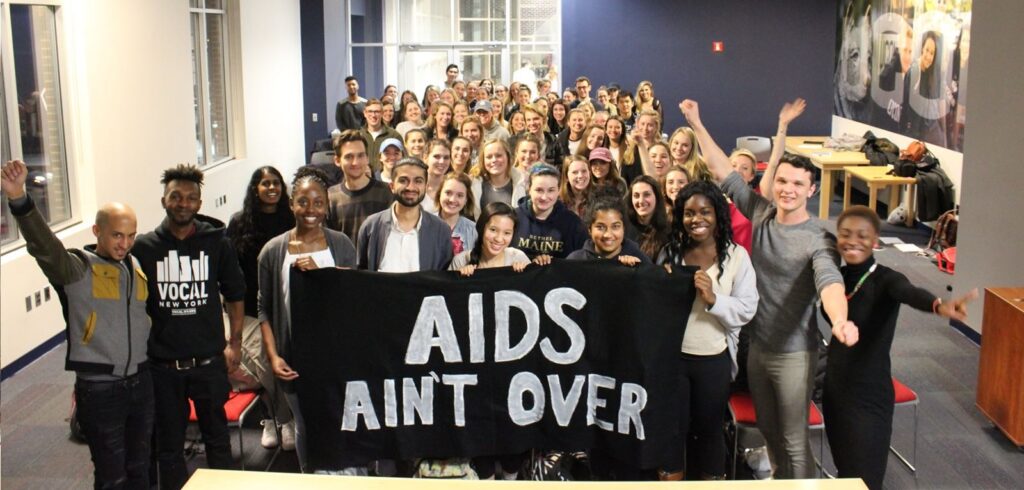
From the Beginning to where we are now
We always try to provide additional information to go along with a podcast topic. Resources for Information on HIV/AIDS supplements our conversation with Jesse Milan, Jr., of AIDS United. Firstly, we want to cover what HIV/AIDS is and some of the advances in treatment of the disease. Forty years ago if someone was diagnosed with AIDS it was an actual death sentence. AIDS was unknown and there was no cure. Even today, there is no cure as such. But good scientific advances have been made in HIV/AIDS treatment. Here’s a short but comprehensive discussion of developments in HIV/AIDS treatment. For a longer, more technical explanation of advances, check here.
Has COVID-19 impacted HIV/AIDS infected persons?
COVID-19 restrictions certainly made it more difficult for people with HIV/AIDS to receive treatment. And to the extent COVID disproportionately impacted Black and Brown communities, the same difficulties tracked out to those communities. But having HIV/AIDS itself did not necessarily make an HIV/AIDS patient more susceptible to COVID. We are linking an article that explores the intersection of the two viruses. It’s behind a paywall but allows a few free views. So feel free to check it out. Or, if you can’t see the article, PBS also did a story about HIV treatment and the pandemic.
In addition, the Center for HIV Law & Policy under its Racial Justice approach maintains a clearinghouse on issues relating to HIV. The articles cover a range of topics which include how mass incarceration impacts the spread of HIV/AIDS.
Gender is also a factor which implicates the type of treatment options a person may have available to them. The Office on Women’s Health provides information that is women specific. Make sure you open the pull down menus to learn about barriers to treatment for women and how pregnancy raises even more questions. Experience with racism in health care also impacts Black women’s desire to seek treatment.
Have our approaches to public health epidemics improved since the onset of HIV/AIDS?
The answer is a little complicated. Certainly, the advances in scientific knowledge about how to handle an epidemic have improved. But, as Dr. Fauci, whose work focused on the AIDS epidemic, pointed out during the COVID crisis, public health officials made many of the same mistakes with COVID that were made when HIV/AIDS arrived. When the monkeypox health crisis started to materialize our public health officials suffered from collective amnesia and repeated the exact same mistakes from the AIDS crisis. Communities of color couldn’t get access to medical care and once diagnosed couldn’t get treatment. If you can get behind the New York Times paywall, they have a story on racial disparities. CNN also posted a story with some sobering statistics. And, nothing can be more harrowing than the first hand story of a BLACK scientist who works for CDC and couldn’t get medical treatment for monkey pox!!!!
HIV/AIDS is still here as our photo above indicates. Let’s not be afraid or ashamed to talk about it. We probably all have a relative or a friend who is HIV positive or who might have full blown AIDS. Let’s come out and talk about it, to give our friends and family support and show them they are important and valuable to us. Let’s do better.